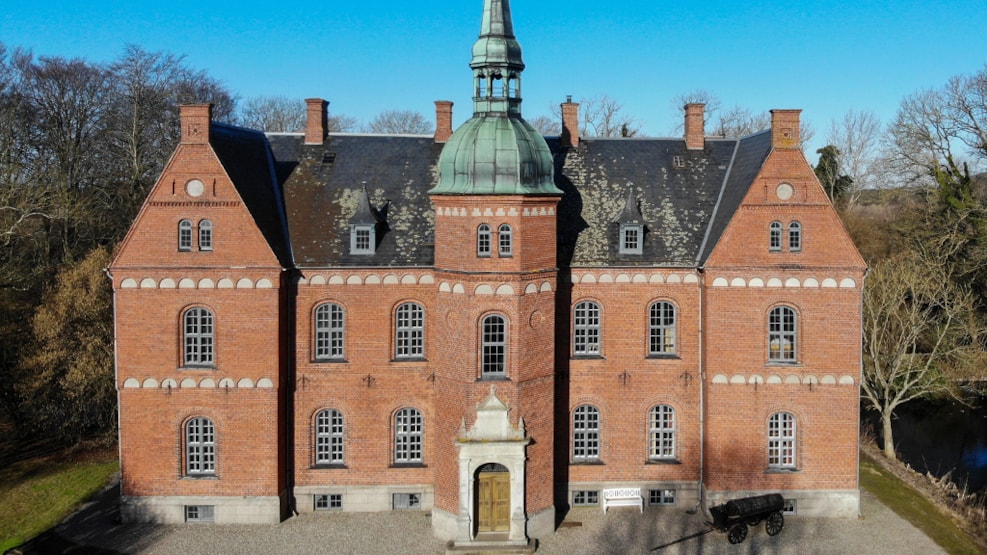
Nature destination Skovsgaard
The nature destination Skovsgaard Manor is filled with exciting and wild nature experiences for families with children and nature enthusiasts.
Experience cattle and wild horses living freely in nature. Take the children on a wild hunt in nature and discover exciting species you haven't seen before. Explore the thickets and waterholes. Guess animal droppings and find life in dead trees. Cook over a campfire using ingredients from nature.
At Skovsgaard, you and your children can learn about wild nature in a different, fun, inspiring, and cozy way. We look forward to welcoming you!
Read more about the experiences at Skovsgaard Manor.
The History of Skovsgaard The first buildings of Skovsgaard Manor were constructed in the late 14th century. The knight Peder Modeskal is dated as the first official owner in 1457. The noble family Modeskal passed on the estate and manor through no less than nine generations.
In 1760, the estate was auctioned off to three brothers named Mikkelsen from Langeland, whose family managed the estate until 1979.
Today, parts of the old Renaissance farm from the 17th century can still be seen in the garden house, but the original main building of the estate was demolished in 1887, and a large part of the other buildings was lost in a fire in 1854.
The current main building was constructed in the Neo-Renaissance style in 1889, with a total of 21 rooms for the gentry. Like many of the other buildings, the main building is open to visitors.
Miss Ellen Fuglede - Skovsgaard's Last Owner
Miss Fuglede was born in Copenhagen in 1902 but moved back to Skovsgaard with her mother after her parents' divorce. Probably due to her mother's distrust of men, Ellen never married. For the unmarried Miss Fuglede, the nature surrounding the estate was her dearest possession. Therefore, she bequeathed Skovsgaard and its 389 hectares to the Danish Society for Nature Conservation to ensure that the estate and nature would not be exploited or developed after her death.
The Danish Society for Nature Conservation transferred the estate to the Danish Nature Fund.